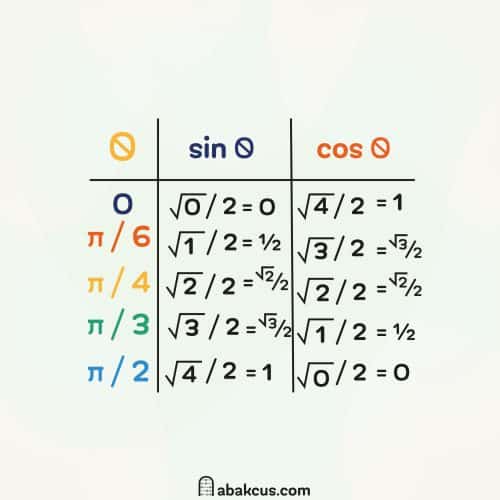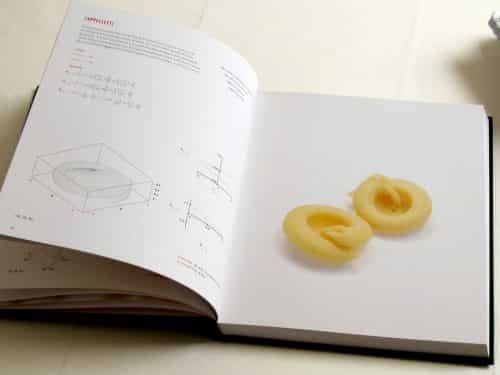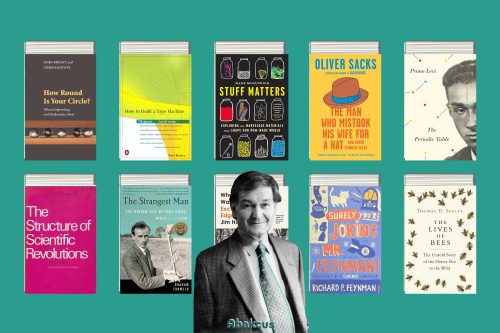The flashier fruits of Albert Einstein’s century-old insights are by now deeply embedded in the popular imagination: Black holes, time warps and wormholes show up regularly as plot points in movies, books, TV shows. At the same time, they fuel cutting-edge research, helping physicists pose questions about the nature of space, time, even information itself.
Perhaps ironically, though, what is arguably the most revolutionary part of Einstein’s legacy rarely gets attention. It has none of the splash of gravitational waves, the pull of black holes or even the charm of quarks. But lurking just behind the curtain of all these exotic phenomena is a deceptively simple idea that pulls the levers, shows how the pieces fit together, and lights the path ahead.
The idea is this: Some changes don’t change anything. The most fundamental aspects of nature stay the same even as they seemingly shape-shift in unexpected ways. Einstein’s 1905 papers on relativity led to the unmistakable conclusion, for example, that the relationship between energy and mass is invariant, even though energy and mass themselves can take vastly different forms. Solar energy arrives on Earth and becomes mass in the form of green leaves, creating food we can eat and use as fuel for thought. (“What is this mind of ours: what are these atoms with consciousness?” asked the late Richard Feynman. “Last week’s potatoes!”) That’s the meaning of E = mc2. The “c” stands for the speed of light, a very large number, so it doesn’t take much matter to produce an enormous amount of energy; in fact, the sun turns millions of tons of mass into energy each second.
This endless morphing of matter into energy (and vice versa) powers the cosmos, matter, life. Yet through it all, the energy-matter content of the universe never changes. It’s strange but true: Matter and energy themselves are less fundamental than the underlying relationships between them.
We tend to think of things, not relationships, as the heart of reality. But most often, the opposite is true. “It’s not the stuff,” said the Brown University physicist Stephon Alexander.
The same is true, Einstein showed, for “stuff” like space and time, seemingly stable, unchangeable aspects of nature; in truth, it’s the relationship between space and time that always stays the same, even as space contracts and time dilates. Like energy and matter, space and time are mutable manifestations of deeper, unshakable foundations: the things that never vary no matter what.
“Einstein’s deep view was that space and time are basically built up by relationships between things happening,” said the physicist Robbert Dijkgraaf, director of the Institute for Advanced Study in Princeton, New Jersey, where Einstein spent his final decades.

The relationship that eventually mattered most to Einstein’s legacy was symmetry. Scientists often describe symmetries as changes that don’t really change anything, differences that don’t make a difference, variations that leave deep relationships invariant. Examples are easy to find in everyday life. You can rotate a snowflake by 60 degrees and it will look the same. You can switch places on a teeter-totter and not upset the balance. More complicated symmetries have led physicists to the discovery of everything from neutrinos to quarks — they even led to Einstein’s own discovery that gravitation is the curvature of space-time, which, we now know, can curl in on itself, pinching off into black holes.














